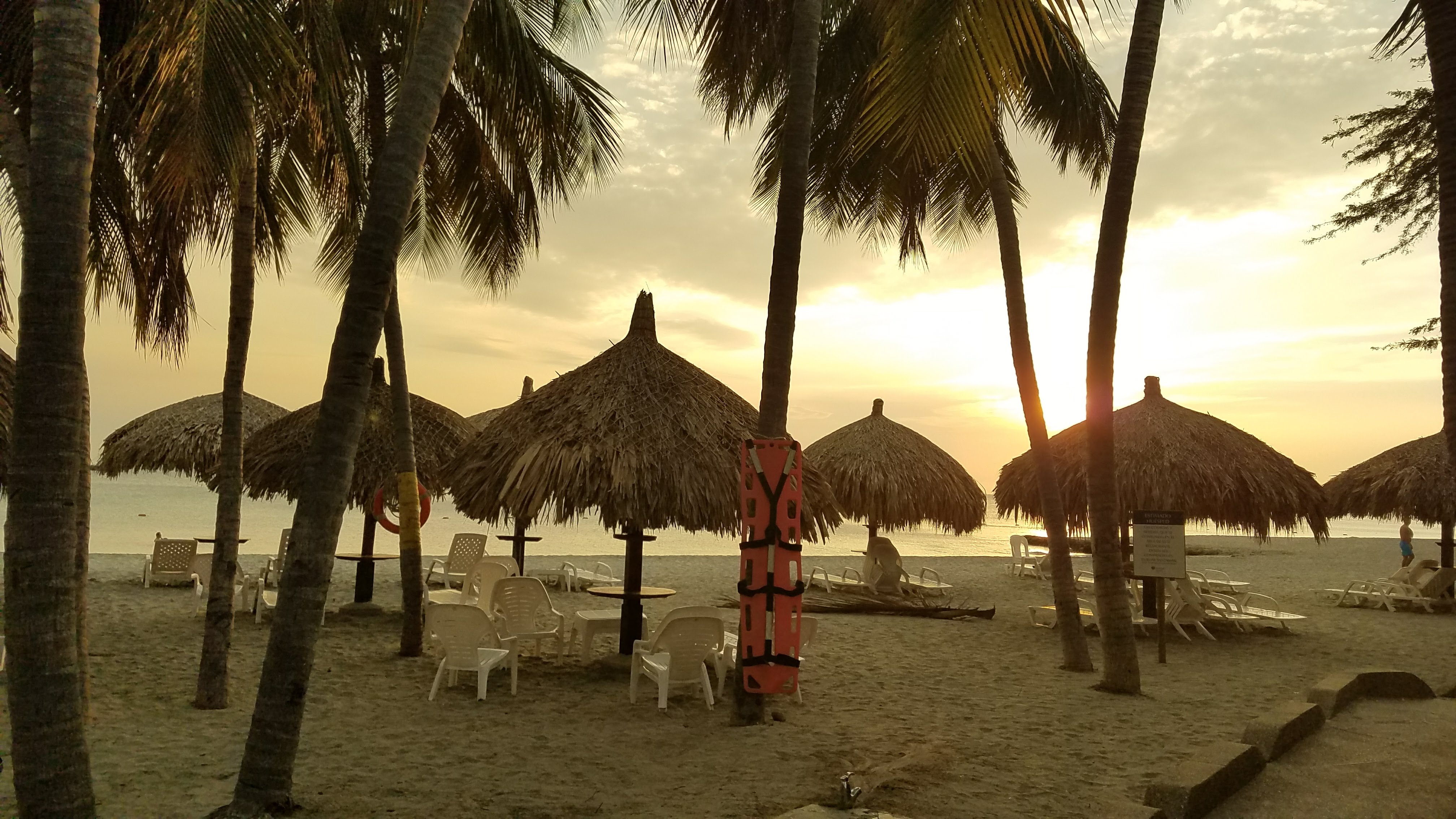Our group was part of an international team reporting in the journal Wetlands (here) on the restoration progress of one of the most productive ecosystems in the world: the Ciénaga Grande de Santa Marta, Colombia. This is possibly the wetland that has experienced the largest mangrove mortality on record due to modification of hydrologic connectivity and consequent hypersaline conditions. This work assessed hydroclimatic, salinity, and mangrove basal area data collected from 1993 to 2015. The good news is that we found the mangrove ecosystems in general terms to be in a path of recovery due to the combined effect of favorable hydroclimatic conditions and management operations to increase freshwater inputs into the wetland. However, due to the modified nature of the wetland complex, continued protection of this system will require continual maintenance and dredging of channels that connect the wetland to the Magdalena River.

This wetland complex in Santa Marta, Colombia was the site of an international workshop 24-27 April 2018 organized by the Global Wetland Ecohydrology Network (GWEN). Three members of our group from UF attended the workshop to develop science strategies for continued protection and restoration of the Ciénaga Grande de Santa Marta.
Included below are some photos from this amazing mangrove wetland complex, and also from our 4-day TREK into the Sierra Nevada mountains to visit the Lost City of the Teyuna peoples, abandoned at the time of the Spanish conquest.

This wetland has among highest chlorophyll-a values ever recorded.

The wetland supports and regulates the lives of the people in the region.

Workshop attendees came from the US, Colombia, Ecuador, Sweden, China, and Russia.

Sometimes it’s good to be a scientist.

The trekkers with the wife of the priest (or ‘mamo’) of the indigenous people living in the Sierra Nevada; she is also the mother of 11 children, perhaps contributing to her unflappable nature.

The Lost City comprises more than 200 circular stone foundations that once supported buildings ranging in size from single family residences to ceremonial halls.
